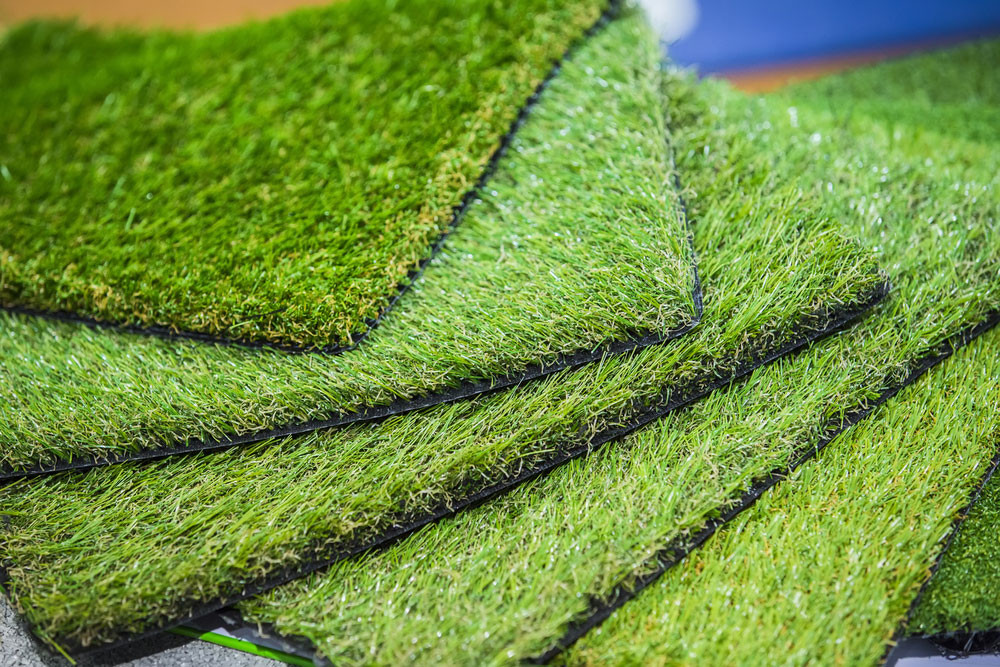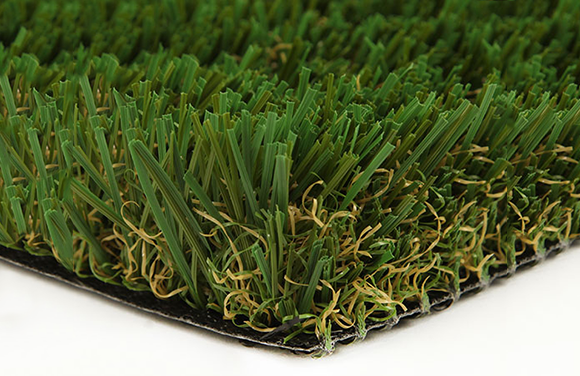Choose Reputable Artificial Turf Companies Phoenix for Durable and Realistic Grass
Look Into the Environmental Benefits of Opting for Synthetic Grass Solutions
The adoption of synthetic grass services presents an engaging possibility to address pushing environmental difficulties. By considerably reducing water usage and lessening the application of hazardous chemicals, these options not just promote sustainable landscaping however additionally protect regional communities. In addition, the reduced carbon impact related to lowered maintenance tasks adds to a much more lasting technique to land monitoring. The effects of these advantages prolong beyond mere conservation initiatives, increasing inquiries about their lasting impact on environment conservation and total eco-friendly balance. Discovering these dimensions discloses an intricate interaction worth considering.
Water Preservation Benefits
One of the most significant benefits of artificial lawn is its ability to conserve water. Conventional grass yards call for substantial irrigation, especially in locations susceptible to drought or water constraints. On the other hand, artificial turf does not require watering, dramatically minimizing the total demand for water resources. This feature is specifically useful in arid regions where water scarcity is a pushing concern.
By getting rid of the demand for routine watering, synthetic grass adds to sustainable landscape methods and assists reduce the ecological influence of too much water usage. In addition, the preservation of water encompasses the reduction of runoff, which can bring about soil disintegration and river contamination.
Additionally, the setup of man-made turf enables municipalities and house owners to designate water sources a lot more effectively, concentrating on essential usages such as drinking water and farming. The shift towards man-made grass not only promotes liable water use but likewise lines up with broader ecological goals focused on preserving all-natural resources.
As communities increasingly prioritize sustainability, the water preservation benefits of fabricated lawn offer a compelling instance for its adoption in residential and commercial landscaping tasks.
Minimized Chemical Use
The transition to fabricated grass dramatically reduces the reliance on chemical treatments frequently utilized in all-natural yard upkeep. Traditional grass management generally entails the application of chemicals, plant foods, and herbicides to advertise development and control parasites. These chemicals can position risks to human wellness, local wild animals, and the environment, contributing to soil and water contamination.
In contrast, man-made turf eliminates the demand for these harmful substances. By decreasing the release of artificial compounds right into the ecosystem, artificial lawn advertises healthier dirt and water systems.
In addition, the absence of chemical overflow connected with fabricated lawn installations helps protect regional waterways from air pollution, sustaining water life and keeping biodiversity. Turf installation phoenix az. As areas significantly prioritize lasting methods, choosing synthetic grass offers a sensible solution that aligns with ecological conservation goals. Via this change, residential or commercial property proprietors can take pleasure in rich environment-friendly areas without jeopardizing environmental wellness, paving the means for a more lasting future
Reduced Carbon Impact

Additionally, the installation of fabricated grass can result in substantial water conservation. All-natural grass need considerable quantities of water for watering, which not only includes in the carbon impact associated with water extraction and therapy however also stress regional water sources. On the other hand, synthetic grass needs minimal upkeep, needing no watering, consequently significantly reducing water usage and its connected energy expenses.
Furthermore, the long life of synthetic grass adds to its decreased carbon effect. With a lifespan of up to 15 years or even more, the requirement for constant replacements is decreased, leading to less waste and reduced power intake in production and disposing of standard turf choices. On the whole, man-made grass offers a sustainable choice for eco mindful landscape design.
Environment Conservation
Environment preservation is a crucial consideration go now in the debate over landscape design selections, especially when contrasting synthetic grass to all-natural yard. Natural grass yards commonly require comprehensive maintenance, including making use of fertilizers, herbicides, and chemicals, which can negatively impact regional environments. These chemicals can leach right into the dirt and waterways, hurting indigenous flora and fauna and disrupting neighborhood environments.
Fabricated lawn gets rid of the requirement for damaging chemicals, thus safeguarding nearby wildlife and maintaining the integrity of surrounding environments. The installment of artificial lawn can lead to the conversion of previous turf locations into even more biodiverse landscapes, such as pollinator gardens or indigenous plant areas, which can sustain neighborhood wild animals.
Eventually, the shift to man-made grass not only preserves water and lowers upkeep efforts yet likewise fosters a more harmonious connection between human activities and the native environment, advertising environment preservation while doing so.
Long-Term Sustainability
Long-term sustainability is a critical factor in assessing the advantages of synthetic grass over conventional grass yards. One of the most significant advantages of synthetic turf is its longevity; it can last up to 15-20 years with minimal upkeep, whereas all-natural yard calls for constant reseeding and replacement. This long life decreases the requirement for consistent sources, such as water, fertilizers, and chemicals, which are vital for maintaining a healthy and balanced yard lawn.
In addition, synthetic grass adds to a decrease in carbon discharges related to grass care equipment. Conventional yards commonly call for gas-powered lawn mowers, trimmers, and blowers, all of which contribute to air pollution. Arizona turf. In comparison, synthetic grass eliminates the need for such devices, advertising a cleaner atmosphere
Furthermore, the manufacturing of fabricated lawn significantly utilizes recycled materials, enhancing its sustainability profile. As suppliers take on environment-friendly methods, the ecological footprint of man-made turf remains to diminish.

Final Thought
The fostering of synthetic turf remedies presents considerable environmental benefits, consisting of substantial water preservation, decreased dependence on harmful chemicals, and a reduced carbon footprint. Fabricated grass help click for source in preserving all-natural environments by reducing land disruption and promoting lasting sustainability through the usage of long lasting products. Jointly, these factors underscore the potential of synthetic grass to contribute positively to ecological health and provide a feasible option to traditional landscape design methods in an increasingly resource-conscious globe.
In comparison, man-made grass does not need watering, substantially reducing the overall need for water sources. By lessening the launch of synthetic compounds into the ecological community, fabricated lawn advertises much healthier dirt and water systems.
In addition, the setup of synthetic turf can result in substantial water preservation. In contrast, fabricated grass requires very little upkeep, requiring no watering, thereby dramatically lowering water use and its linked power costs.
